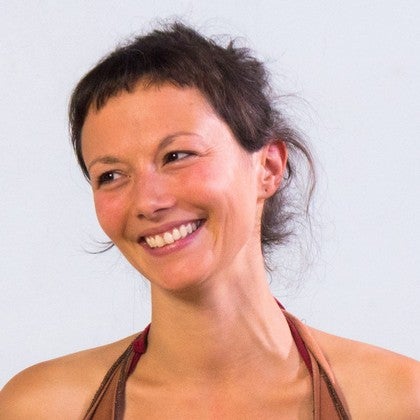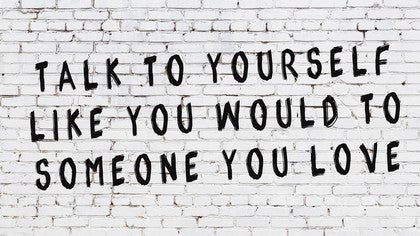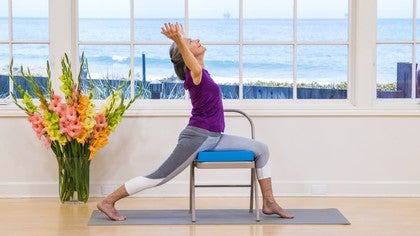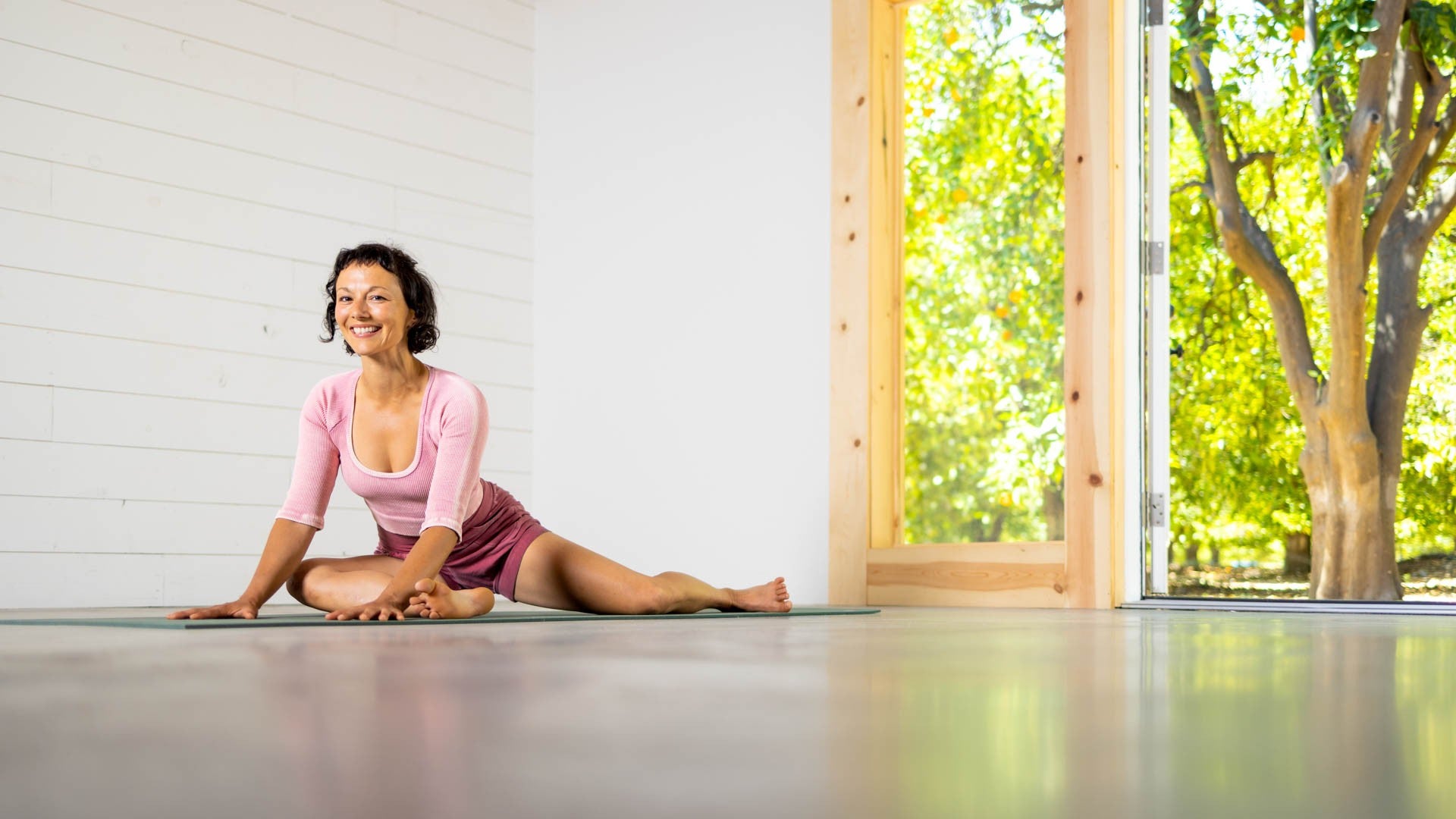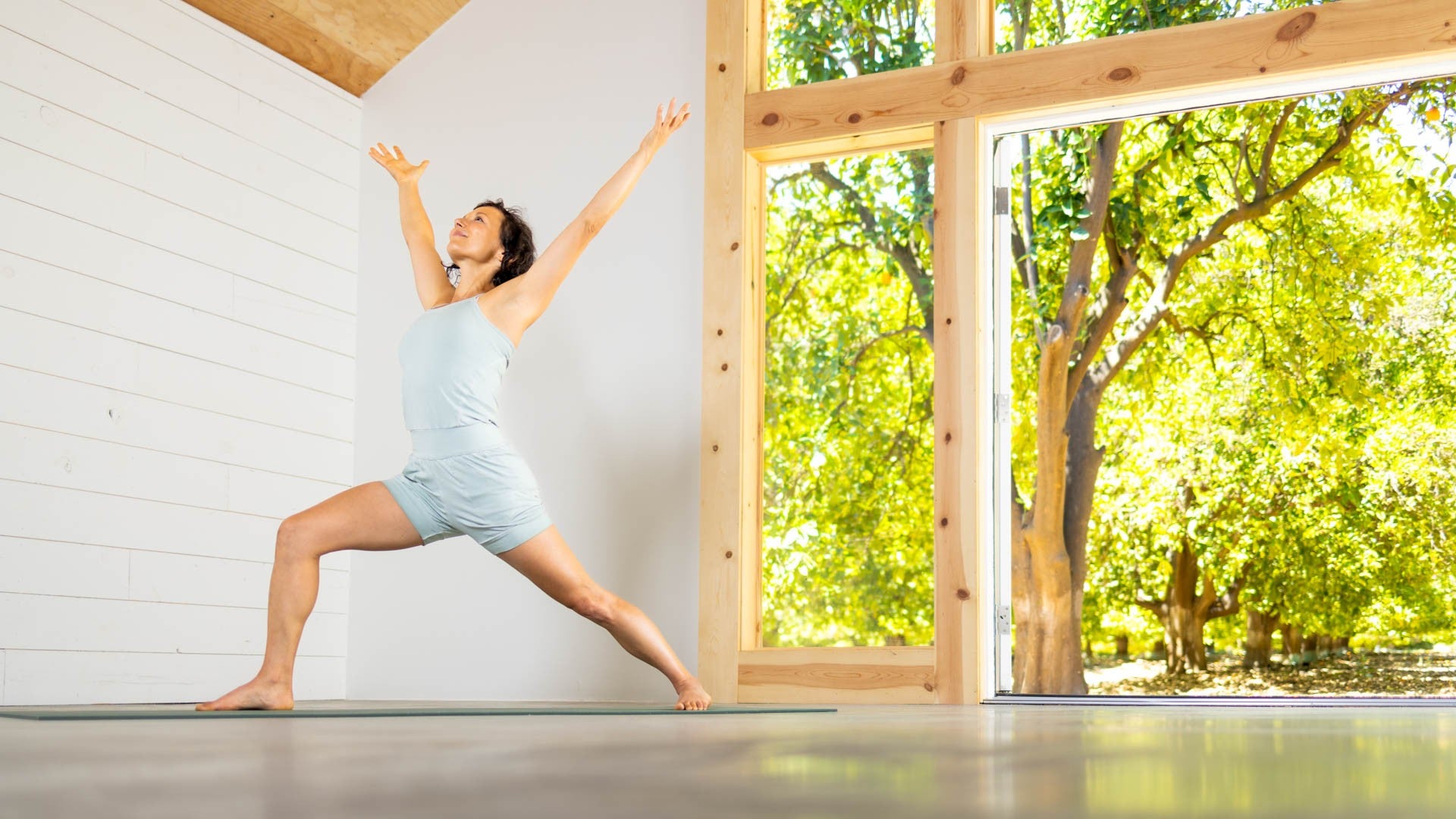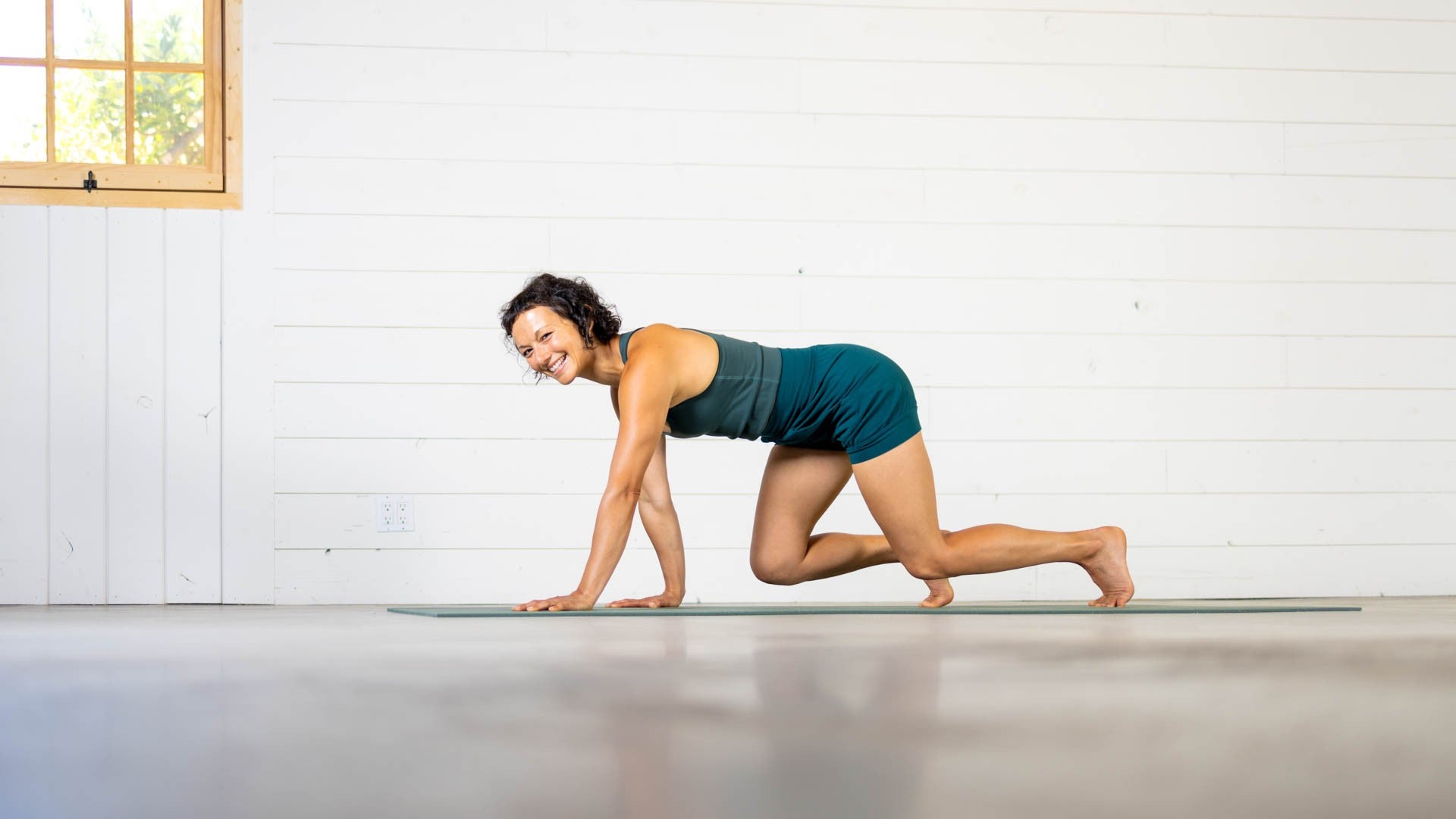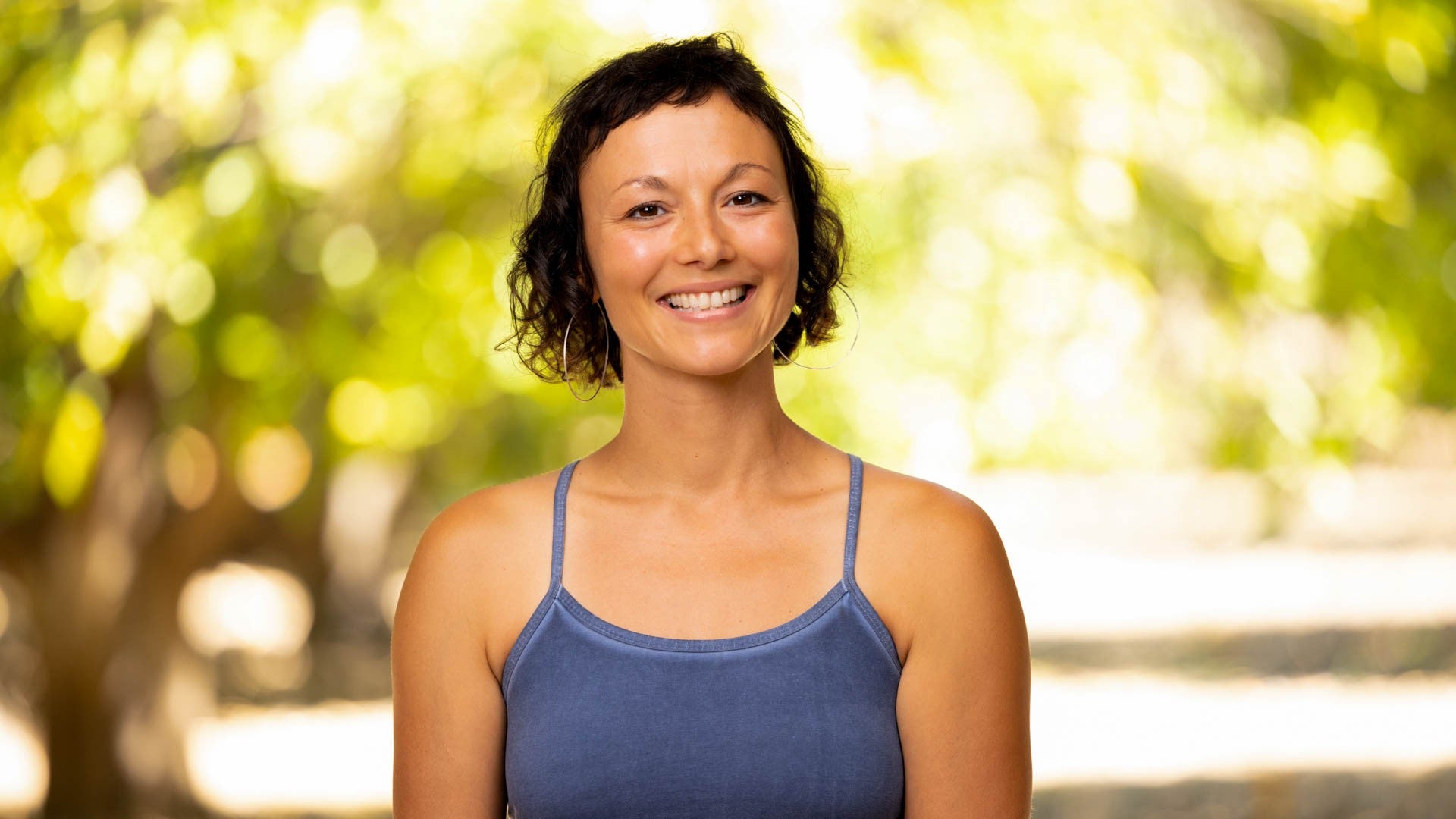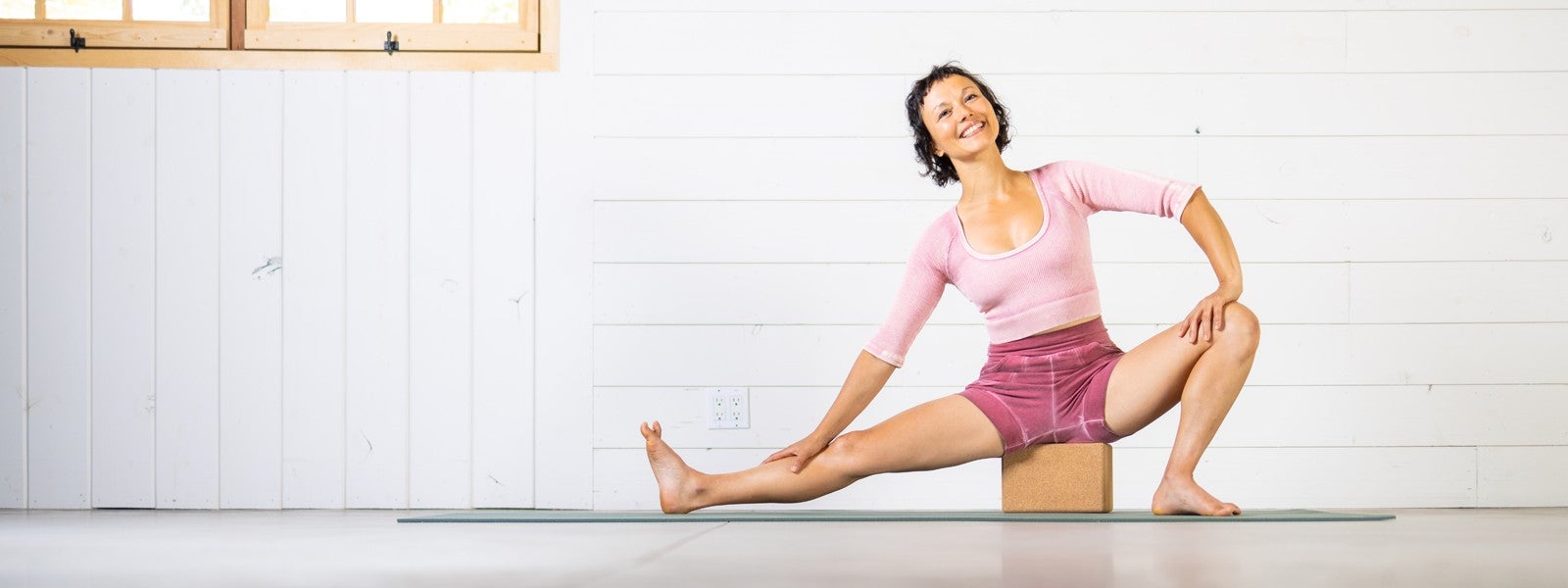
Somatic Movement: Daily Tips for Your Yoga Practice
My introduction to Somatic Yoga came around a decade ago. It was a slow burning curiosity that grew brighter as I learned about biotensegrity with Gioia Irwin, was introduced to Angela Farmer's embodiment work, learned about fascia with Gil Hedley, and read a book by Thomas Hanna. Eventually I landed in a Somatic Yoga training with Megan MacCarthy.
I enjoyed learning about exploratory cues, and shifting away from prescriptive ones. I became increasingly delighted with facilitators who offered more space, asked more questions, and provided context to support the process.
Below are some take-away concepts from my journey with Somatic Yoga, and why I come back to it every day.
Joint Care
My friend Kira Sloane often jokes that when we get to a certain age we stop worrying about our core and start worrying about our joints. Fair enough. Our joints can really benefit from low impact, gentle weight bearing, and varied movements. Somatics offers this.Sensory Motor Amnesia
Sensory motor amnesia is basically a loss of memory in our ability to contract, relax, and sense our tissue. Forgetting how to move in certain ways is often less of a structural issue and more of a nervous system one.
Sensory motor amnesia happens in these ways:
- habitual or repetitive movement
- conditioned postures that come with aging and a sedentary lifestyle
- trauma
- stress
Somatic Yoga can ward this off by encouraging us to move in a variety of ways with heightened awareness.
Pandiculation
Think of taking a big yawn. Our body arches and stretches to its edges, and then releases into that feel good sigh. This is a pandiculation. The pandicular response contracts muscles and then releases them to reset the gamma loop - a feel-good feedback loop in our nervous system that regulates the level of tension in our muscles.
Animals do it often - think of a cat or dog taking that big stretch beside you. Fetuses have been seen to pandiculate in the womb! As we age, this response can get trumped by conditioned existence.
Pandicular responses are involuntary, and Thomas Hanna suggests we make them voluntary. Slowly, we lengthen and engage our tissue and then consciously release it. This just might be the ticket to niggly issues that just won't go away.
Uncoupling and Reintegrating Structures
Have you ever noticed that sometimes parts of your body glom together? Like when you roll out of a Bridge and your whole spine kind of clunks down at once? Somatics can support us in isolating and articulating joint bodies, as well as bring awareness to the sticky stuff. With careful attention, we can reintegrate whole body movements with more precision and awareness.Neuromuscular Repatterning
In Somatic Yoga we safely explore ranges of movement that might initially feel foreign or challenging. We will learn how to tone down habitual patterns, and wake up sleepy ones. For example our shoulders might love to internally rotate, but external rotation might feel weird or numb, simply because we don’t find ourselves doing it often. Somatics can support us in improving our sensorimotor control and general mobility as we age.
When I started dabbling in Somatics I was pretty surprised with my lack of mobility and strength in the internal rotation of my hips. With regular practice my hips felt stronger and more balanced. Somatics can highlight areas that are underused, and get them more "online".
“When muscles fail to perform, it is not necessarily because they are strong or weak. Muscle inhibition occurs in athletes and armchair quarterbacks alike. The ability to control muscles comes partly from nervous system communication. Somatic Yoga was developed to increase communication among the nervous system, brain, and pranic body”.
Megan MacCarthy
Exploration vs Technique
Technique and alignment cues in our industry tend to shift and change over time, but exploration is a constant way to engage in the present moment. Ruminating on achieving the “correct” posture in a form might even fuel negative self talk and give us a feeling that something might be wrong with our bodies if we can’t get it “right”. Conversely, exploration offers us a chance to get curious, feel playful, and return to intimacy with ourselves.
As I reflect on why I come back to the language and practice of Somatic Yoga, it is because it gives me hope that we can live with a spirit of self examination, compassion, and curiosity.
Drop into Everyday Somatic Yoga with Lydia and start your Somatic journey today!
Comments
You need to be a subscriber to post a comment.
Please Log In or Create an Account to start your free trial.
